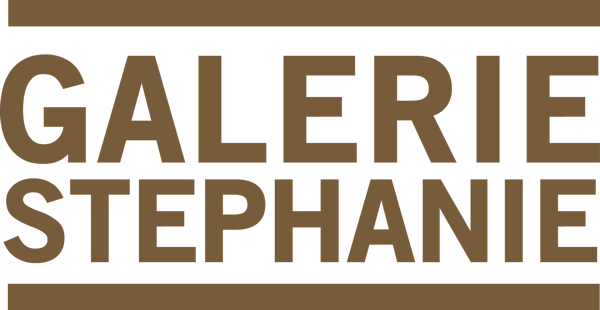“The pieces in “alternate ending” are derived from old still life paintings from a few hundred years ago. I imagined an alternate ending to the pieces made by those old artists. The image was derived from the question “What if I was the one seeing the subject they were painting?” What would the final piece look like? On the other hand the drawings were made purely by imagination. No reference to any physical or existing object was used. I tried to conjure up a bouquet that would only exist in my mind.”
Flower arrangements and flower pieces constituted a prominent subgenre within still life painting during the period of great prosperity and advancement for the Dutch, spanning the 17th century. However, it is widely accepted that such compositions were in fact entirely make-believe, comprised of exotic flora that bloomed at different times of the year—and likely never once beheld by its painter.
Much like the Dutch masters of the so-called ‘Golden Age’, Balboa’s pieces are largely fictional, created only in his imagination. The artists of the bygone era sought to showcase the beauty and diversity of flowers, faced with their expanding view of the world and newfound wealth as their seafaring nation continued its exploration. Here, Balboa stretches his imagination, past what was and is, to reach for what could have been.
Balboa takes the still life—a sight so ubiquitous, so inconspicuous as to escape our attention and curiosity—to conduct vibrant experimentations that draw from and test the limits of the unconscious mind. Every flower signified something greater, each overflowing vase a vessel of a message and idea beyond what is shown. As Balboa bypasses conscious control in favor of automatism, new forms and ideas emerge organically, flowering into alternate endings, as he “[conjures] up a bouquet that would only exist in [his] mind”.
That the artist paints primarily with acrylics is, however, and pointedly, a conscious choice. Yet, even so, such artistic preferences are only deliberate insofar as it allows him to work quickly and uninhibitedly. Drips and splatters pepper the hyperrealist compositions, the markings of the working unconscious that delineate the realms of reality and imagination. However, this effect is perhaps most apparent in his works in pencil, the medium that has long served as the artist’s preference for capturing such fluid thoughts and formations. Bearing the appearance of sketches, they signify just the beginning of an alternate ending.
Notes by Gabrielle Gonzales

